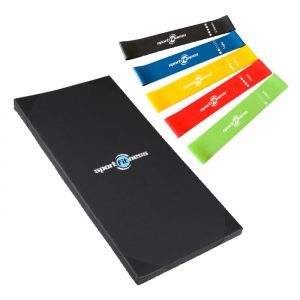Kits de yoga
Implementos que facilitarán nuestra práctica de esta disciplina.
Showing all 11 results

20%
Kit Hogar – Sport Fitness KH002
Original price was: $330.000.$264.000Current price is: $264.000. IVA Comprar Ahora
20%
Kit vida Fitness – Sport Fitness
Original price was: $367.102.$293.681Current price is: $293.681. IVA Comprar Ahora
20%
Kit Pierna En Casa – SPORT FITNESS – KP004
Original price was: $125.545.$100.436Current price is: $100.436. IVA Comprar Ahora¿Qué traen los kits de yoga?
Traen todos los accesorios e implementos necesarios para realizar adecuadamente las actividades correspondientes.
¿Es necesario tener un kit de yoga para practicarlo?
Es lo más recomendable, contar con todos los artículos necesarios para practicar yoga de la forma más adecuada.
¿Qué precio tienen los kits de yoga?
Los precios varían según los accesorios que vengan dentro del kit de yoga. Consulta en nuestra página y conoce todo lo que tenemos para ti.









